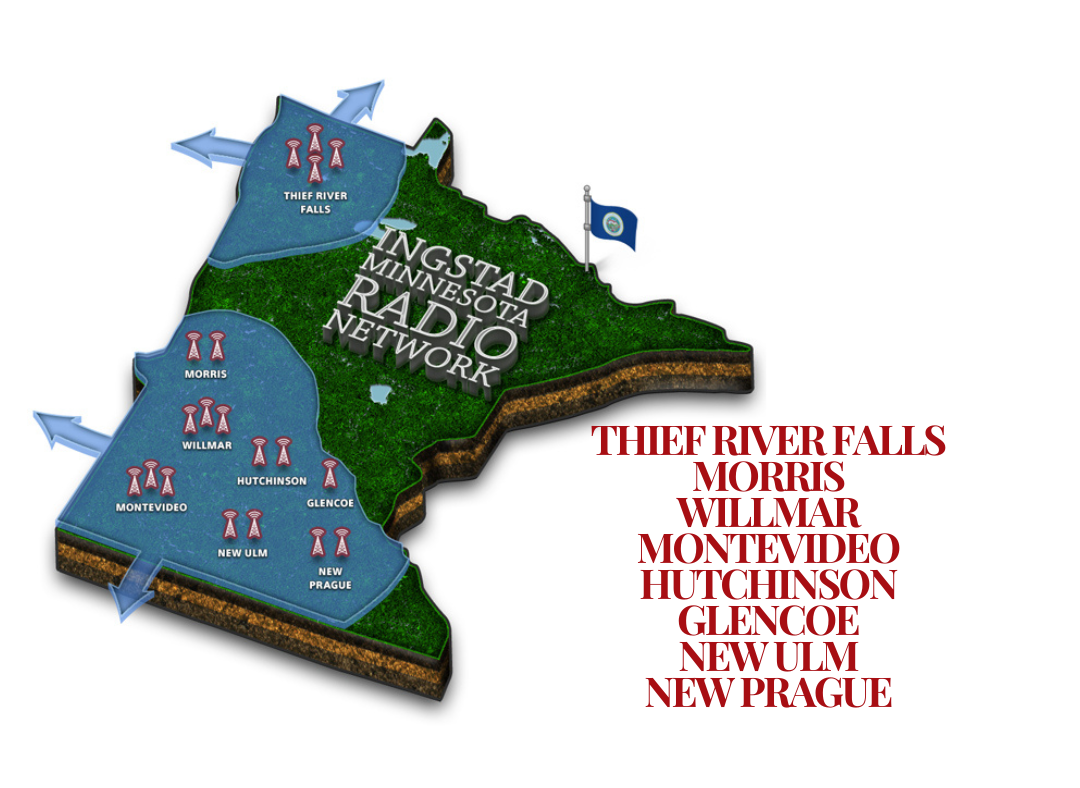Severe Weather Awareness Week – Day 1
It’s Severe Weather Awareness Week!
Today we will provide information on Alerts and Warnings.
TYPES OF WARNINGS
Weather Warning Terms
The National Weather Service uses the words “advisory”, “watch” and “warning” to alert you to potentially dangerous weather. Understanding these terms and knowing how to react can be a life saver.
Advisory
An advisory is issued when a hazardous weather or hydrologic event is occurring, imminent or likely. Advisories are for less serious conditions than warnings that cause significant inconvenience and if caution is not exercised, could lead to situations that may threaten life or property.
Watch
A watch means weather conditions are favorable for dangerous weather to occur. In other words, a “watch” means watch out for what the weather could do, and be ready to act accordingly. You may wish to alter or have a back-up plan for any outdoor activities or travel.
For events that come and go quickly, such as severe thunderstorms, tornadoes or flash floods, a watch means that the odds are good for the dangerous weather, but it not yet happening.
When a severe thunderstorm, tornado or flash flood watch is in effect, it means you should look for signs of dangerous weather and maintain access to the latest information. Sometimes a severe thunderstorm, tornado or flash flood can happen so quickly that warnings can’t be issued in time.
For longer-lived events, such as floods or winter storms, a watch means that the event isn’t an immediate threat. For either kind of event, a watch means you should keep up with the weather news and be ready to act.
A winter storm watch means it’s time to prepare by stocking up on emergency supplies and making sure you know what to do if a warning is issued.
Warnings
For severe thunderstorms, tornadoes and flash floods, a warning means the weather event is imminent or occurring somewhere in the defined warning area and that people need to take shelter as soon as possible.
Outdoor tornado warnings are normally given by sirens. People indoors should listen to radios, TV or Weather Radio warnings to find out the latest information. Depending on local policy, other types of weather warnings may also broadcast via sirens. Check with local emergency management officials to learn about local siren activations.
A winter storm warning means it’s not safe to travel or venture outside. If traveling, head for the nearest shelter.
When a weather warning is issued, a CodeRed emergency alert notification is sent out. If you have not already signed up to receive CodeRed emergency alert notifications from Stevens County, you may click on the following link to register – You may choose to receive a text, email, a phone call or all three.
Stevens County Community Notification Enrollment Link:
https://public.coderedweb.com/CNE/en-US/BFDF9053561B?isMobile=true
You may also go to the Stevens County Official Website (https://www.co.stevens.mn.us/) and click on the bell (as shown below) to register.
**This Thursday we will test warning systems. Sirens will sound around 1:45 p.m. and 6:45 p.m. and around 1:30 p.m. a CodeRed test message will be sent out to everyone who has registered in Stevens County. Other emergency alert systems will also be tested on Thursday, like NOAA weather radio.
Thanks everyone for preplanning, informational emails will be sent throughout the week. This is the perfect opportunity to plan ahead at work and at home!
Dona Greiner
Stevens County Emergency Management Director
320-208-6507








